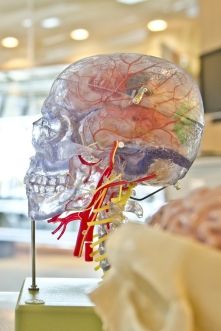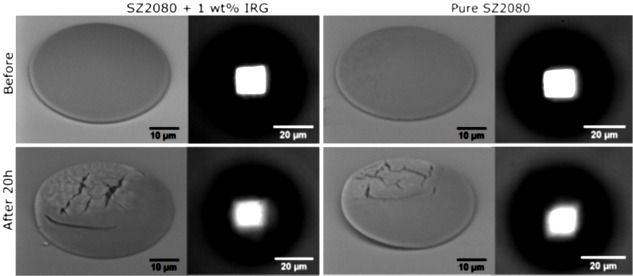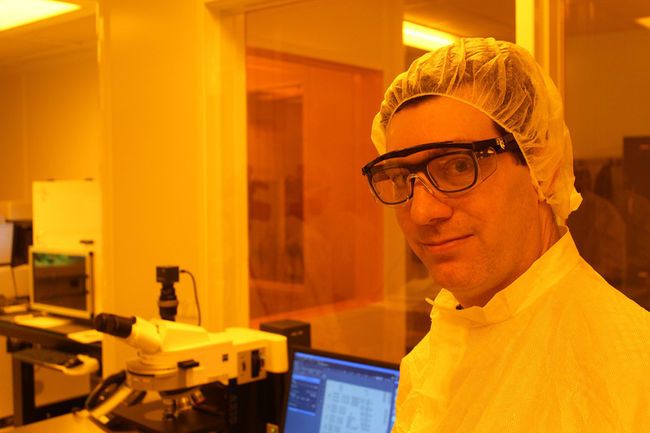Jan 20, 2017
Overall survival poor in unresected anaplastic thyroid CA
Posted by Karen Hurst in category: biotech/medical
Not good to hear.
(HealthDay)—For patients with unresected anaplastic thyroid carcinoma (ATC), overall survival (OS) is poor, but radiation therapy (RT) dose is associated with improved survival, according to a study published online Dec. 27 in Cancer.
Todd A. Pezzi, from the Baylor College of Medicine in Houston, and colleagues examined the outcomes of patients with unresected ATC who underwent no surgery or grossly incomplete resection. The authors assessed correlates of OS for 1,288 patients.
Continue reading “Overall survival poor in unresected anaplastic thyroid CA” »

















